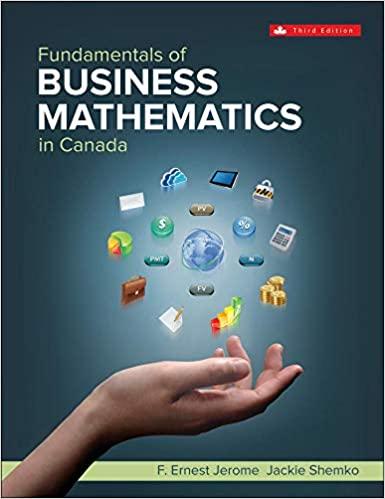Hello, I am stuck on a project that I have to do can you help me? I am past the first page.
Honors Activity- 6.06 Part C Template Name: ___________________________________ Teacher: __________________________ For this activity, consider that you are in the landscaping consultant business for a company PythagoGrass. You have landed some important clients who want some work done in their backyard. Follow the instructions to meet your client's requests. Part C Instructions Understanding: Two pillars have been delivered for the support of a shade structure in the backyard. They are both 10 feet tall, but unfortunately the makers of the pillars did not create the same-shaped pillars. In two to three sentences, describe steps you can take to determine whether the pillars have the same volume. In order to 1. determine if the pillars have the same volume, we will have to apply Cavalier's Principle. Following Cavalier's Principle since they are both the same height and the cross sections both have the same area that means that pillars both have the same volume. Design: Your client wants you to design a spherical fountain for a new garden bed. It is hard to find a manufacturer that can create perfect curved surfaces. You will need to modify the sphere to a series of cylindrical slabs with gradually decreasing radii. 2. Materials Needed: You will need graph paper, a compass, a ruler or tape measure, and a calculator. Let's design the ideal case. On your graph paper, create a coordinate plane with axes and label the origin as O. Place your compass on the origin, and open the compass to a radius that is equal to your favorite number. Construct a circle. You can add shading detail to start to make the circle appear like a sphere if you would like. Label the radius value. Using this radius value, calculate the volume of your sphere using the formula Radius = _________ Work Space: Show all work and include the final volume. Volume = 4/3 r3 Let's design the actual case. For our physical spherical fountain, we will take our original sphere diagram and create slabs. Starting at the x-axis, create stacks of slabs along the height of the hemisphere until you reach the top. Use your graph to make sure the height of each slab slice is the same. Your sphere will now look something like this: Notice that the slabs created will be short cylinders of varying radii but of equal heights. Use the graph to estimate the radius of each slab. Work Space: Show all work and calculations. Using the volume formula for a cylinder of R2 h, calculate the volume of each cylindrical slab and add the volumes together. Now double this value to find the total volume of the actual spherical fountain. Make sure to show all your slab calculations and final volume. 3. Reflect: Why was the volume of your fountain smaller than the volume of the ideal sphere? Discuss a more accurate method for approximating the volume of the spherical slab other than using just cylindrical slabs. Discuss in two to three sentences. 4. What to Submit: The following items should be submitted in the same document if possible: o an image showing your sphere diagram o your calculations for both the ideal sphere and the actual spherical fountain







